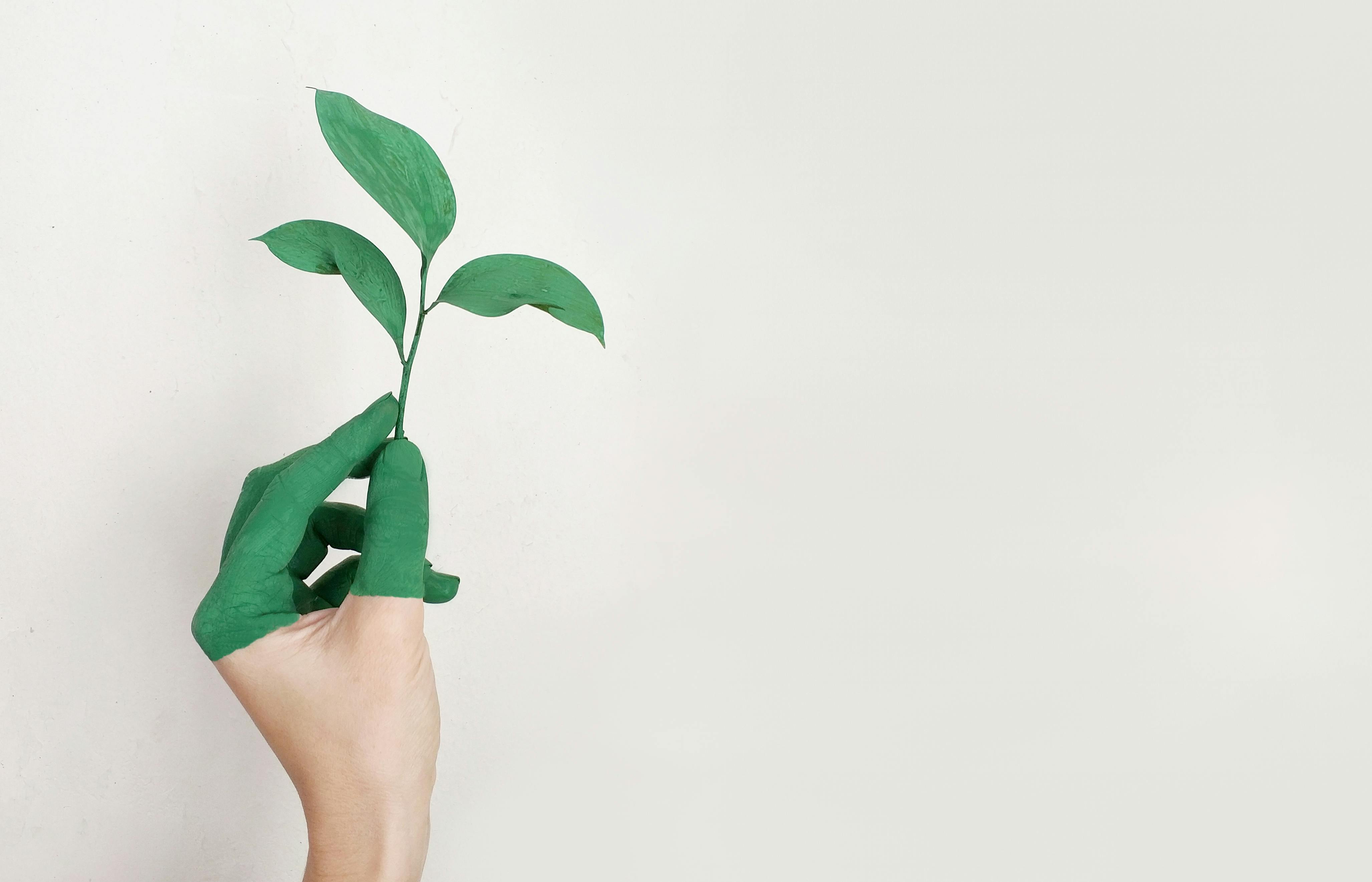Introduction to Plants: The Green Companions of Life

Plants are one of the most important and fundamental components of nature, playing a vital role in maintaining the balance of various ecosystems. Through the process of photosynthesis, plants absorb carbon dioxide and produce oxygen, a process essential for the survival of all living organisms. In addition, plants are crucial in providing food, clothing, medicine, and even fuel for both humans and animals.
History of Plant Cultivation and Use
The cultivation of plants dates back about 10,000 years, when humans transitioned from foraging to farming. Crops like wheat, rice, and maize were among the first plants to be domesticated, leading to the rise of early civilizations and communities.
Types of Plants
Plants are generally categorized into several groups:
1. Flowering Plants (Angiosperms): This group includes most of the plants we see, such as trees, shrubs, and flowers. These plants have flowers, and their seeds develop inside fruits.
2. Non-seed Plants (Bryophytes): Examples include mosses, which lack complex vascular systems and thrive in moist environments.
3. Non-flowering Plants (Gymnosperms): Plants like pines, where seeds grow directly on leaves or branches without a protective covering.
4. Ferns: These plants have broad, divided leaves and reproduce via spores.
Benefits of Plants for Health and the Environment
Plants are not only valuable for providing food and beauty but also have medicinal and environmental benefits. For example:
- Impact on Air Quality: Indoor plants like Peace Lily and Snake Plant help purify the air by removing pollutants.
- Mental Health Benefits: The presence of plants in living spaces can reduce stress, anxiety, and enhance concentration.
- Herbal Medicine: Plants such as chamomile, mint, and ginger have numerous therapeutic properties and are widely used in traditional medicine.
Plant Care
Caring for plants requires attention to their specific needs. Each plant requires particular amounts of light, water, and soil. For example:
- Plants like cacti need a lot of sunlight and minimal watering.
- Plants such as Ficus Benjamina require indirect light and regular watering.
Additionally, providing suitable soil, well-draining pots, and regular pruning can contribute to a plant's health and growth.
Plants are not only a beautiful and inspiring part of nature but also play a crucial role in meeting human needs and maintaining environmental balance. Being aware of and caring for plants properly can lead to a healthier environment and a more fulfilling life. Therefore, tree planting, growing houseplants, and utilizing medicinal plants are positive steps that everyone can take.
